
Food systems & disinfo researcher ~ Director of Environmental Science working on Game Changers 2 ~ Co-creator https://t.co/mAadDmajoI
2 subscribers
How to get URL link on X (Twitter) App





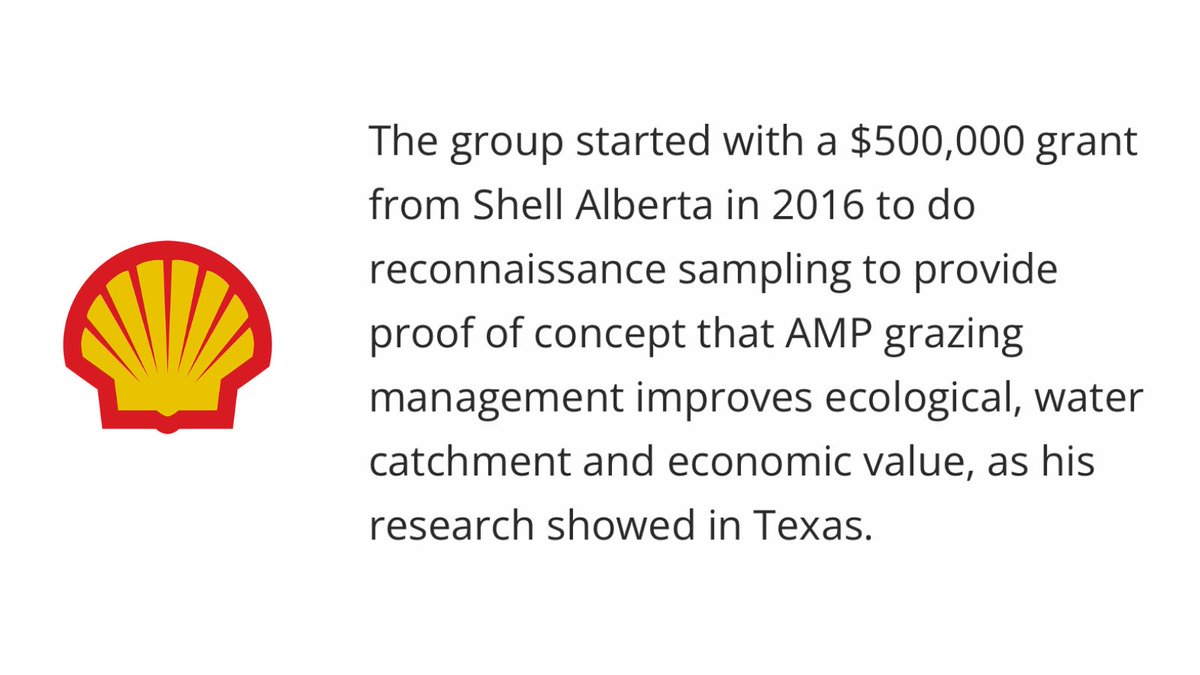
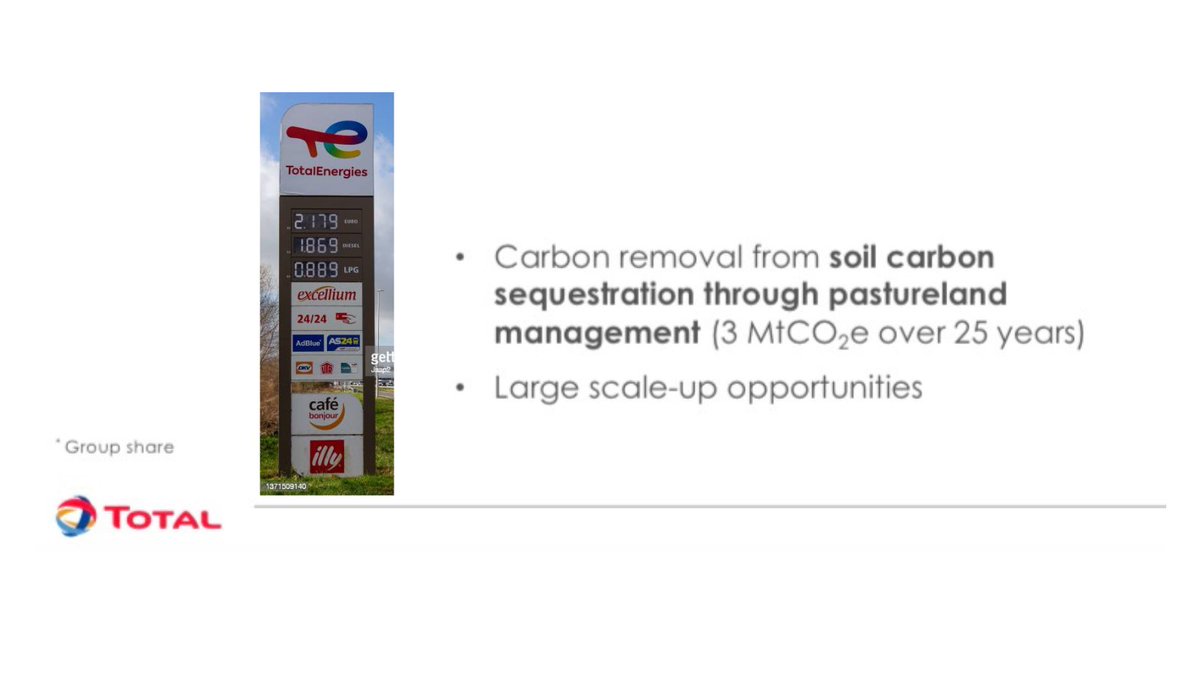
 Oil & gas companies are of course throwing funds at anything that claims to drawdown carbon (see: CCS).
Oil & gas companies are of course throwing funds at anything that claims to drawdown carbon (see: CCS). 

 These digesters are expensive, and much like the dairy industry now, largely wouldn't exist without subsidies.
These digesters are expensive, and much like the dairy industry now, largely wouldn't exist without subsidies.






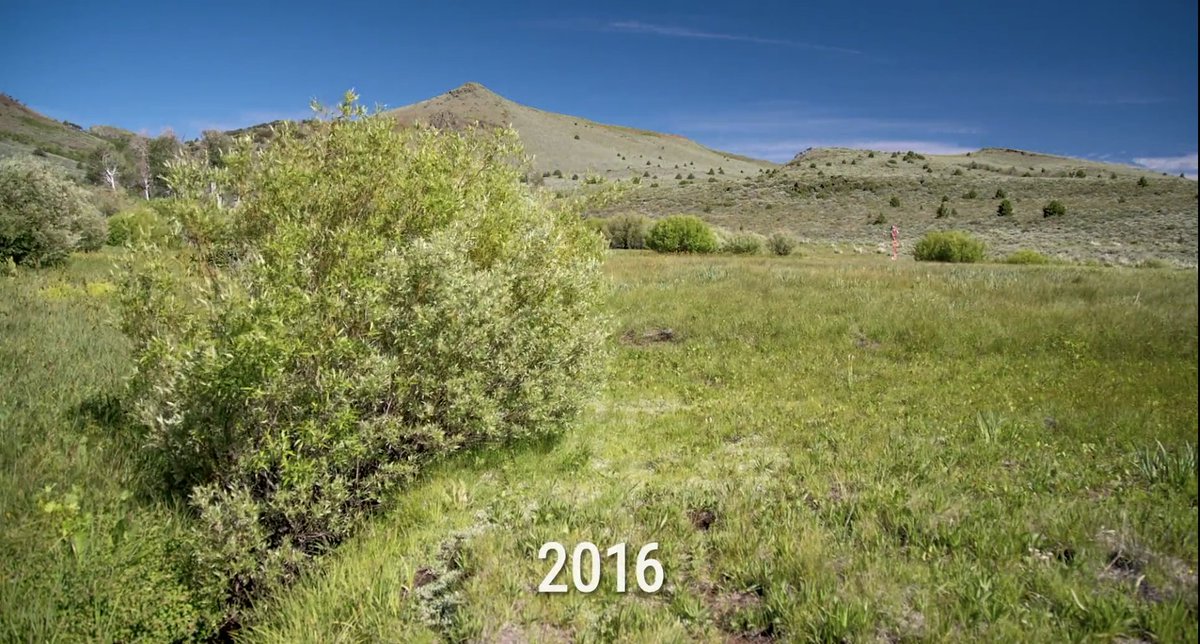 In 1990, contrary to pressures by cattle groups, the land conservation stewards here voted to ban cattle grazing based on the science showing its ecological degradation to this riparian land. The result:
In 1990, contrary to pressures by cattle groups, the land conservation stewards here voted to ban cattle grazing based on the science showing its ecological degradation to this riparian land. The result:
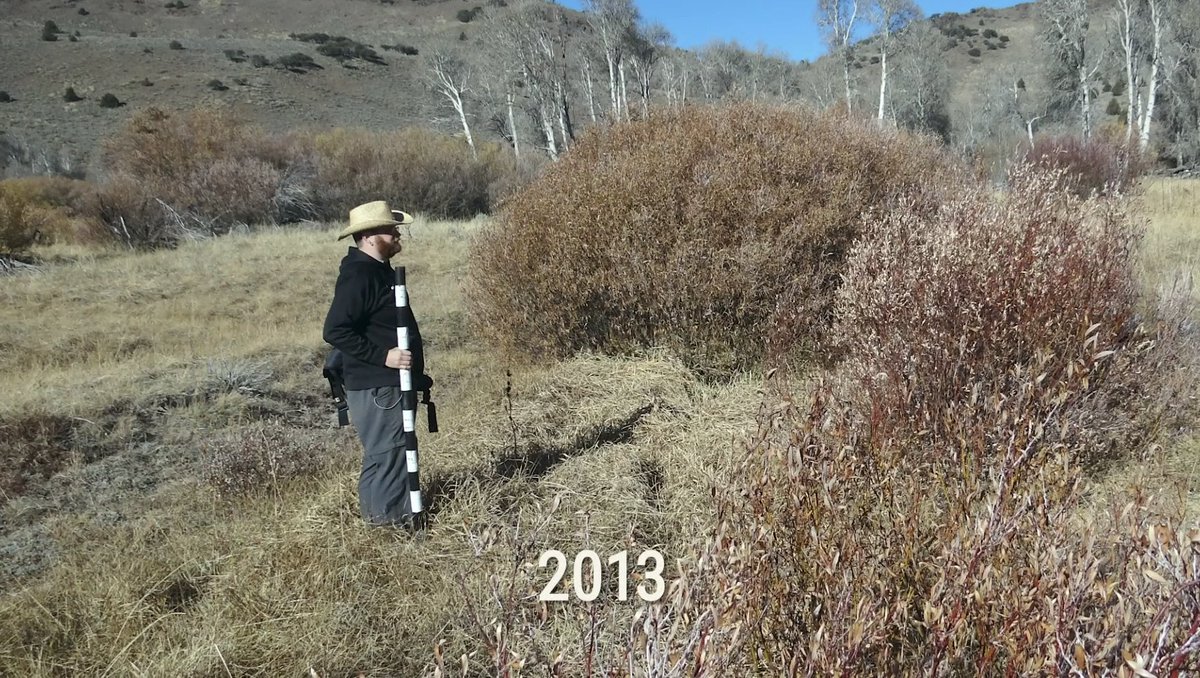

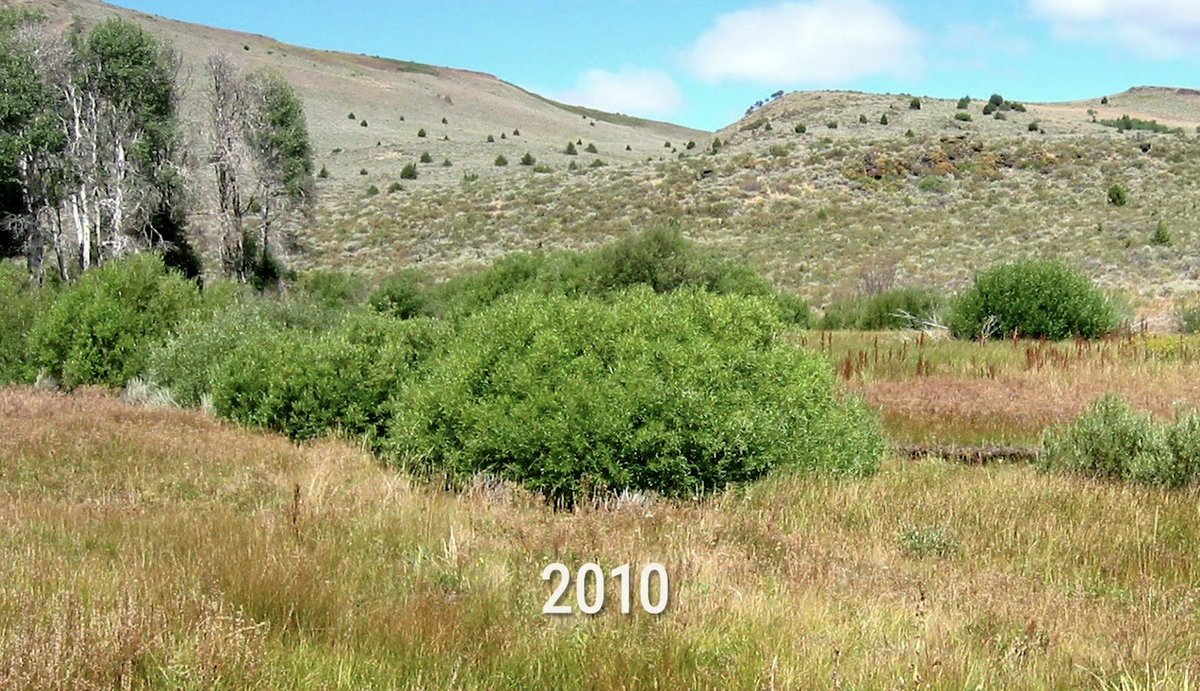

 What's important is knowing how the numbers are influenced so you can critically analyze it. And in reality, there's uncertainty and a huge amount of data that's missing to truly make an exact figure accurate.
What's important is knowing how the numbers are influenced so you can critically analyze it. And in reality, there's uncertainty and a huge amount of data that's missing to truly make an exact figure accurate.




 No, shifting to all grass-fed cattle won't necessarily reduce its footprint because a more fibrous diet, and about 1 year 'longer' life.
No, shifting to all grass-fed cattle won't necessarily reduce its footprint because a more fibrous diet, and about 1 year 'longer' life.
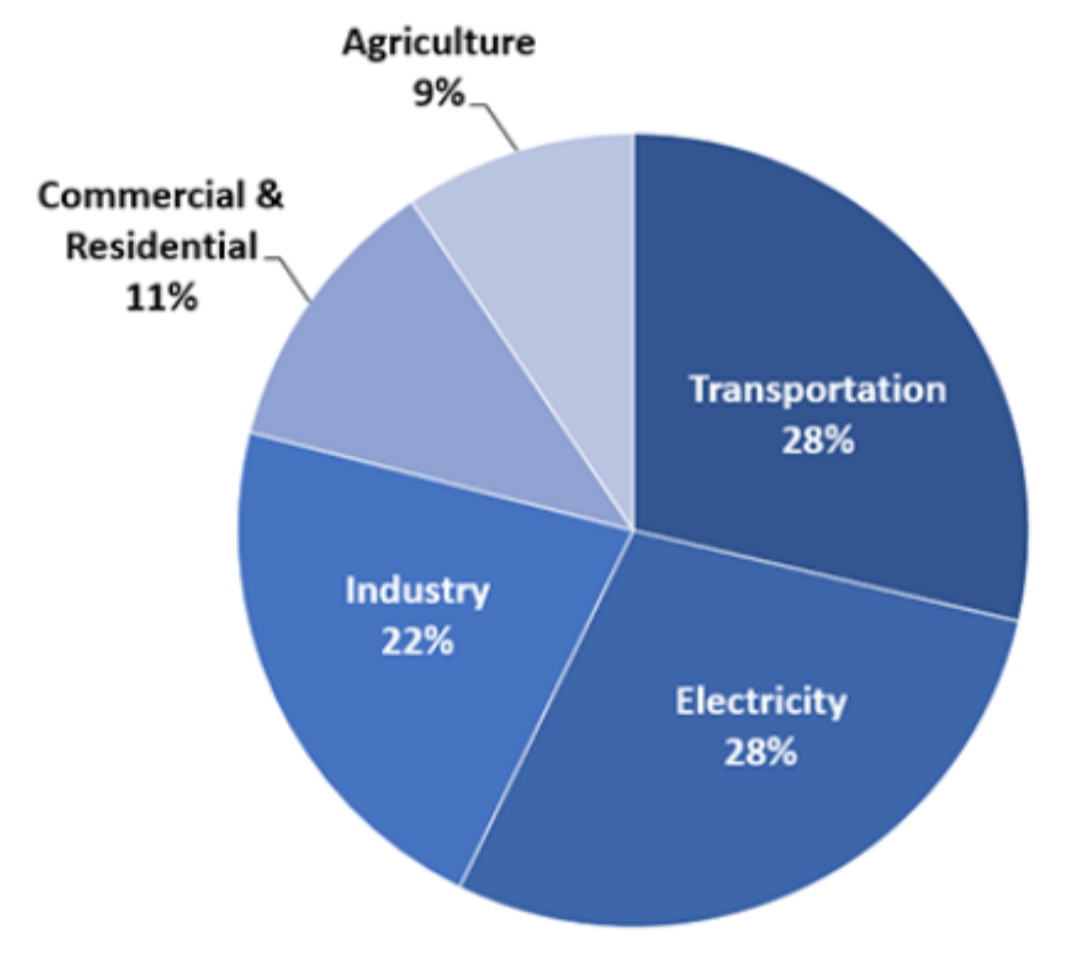
 Firstly, the 4.2% figure *does not* include the production of animal feed and forage.
Firstly, the 4.2% figure *does not* include the production of animal feed and forage.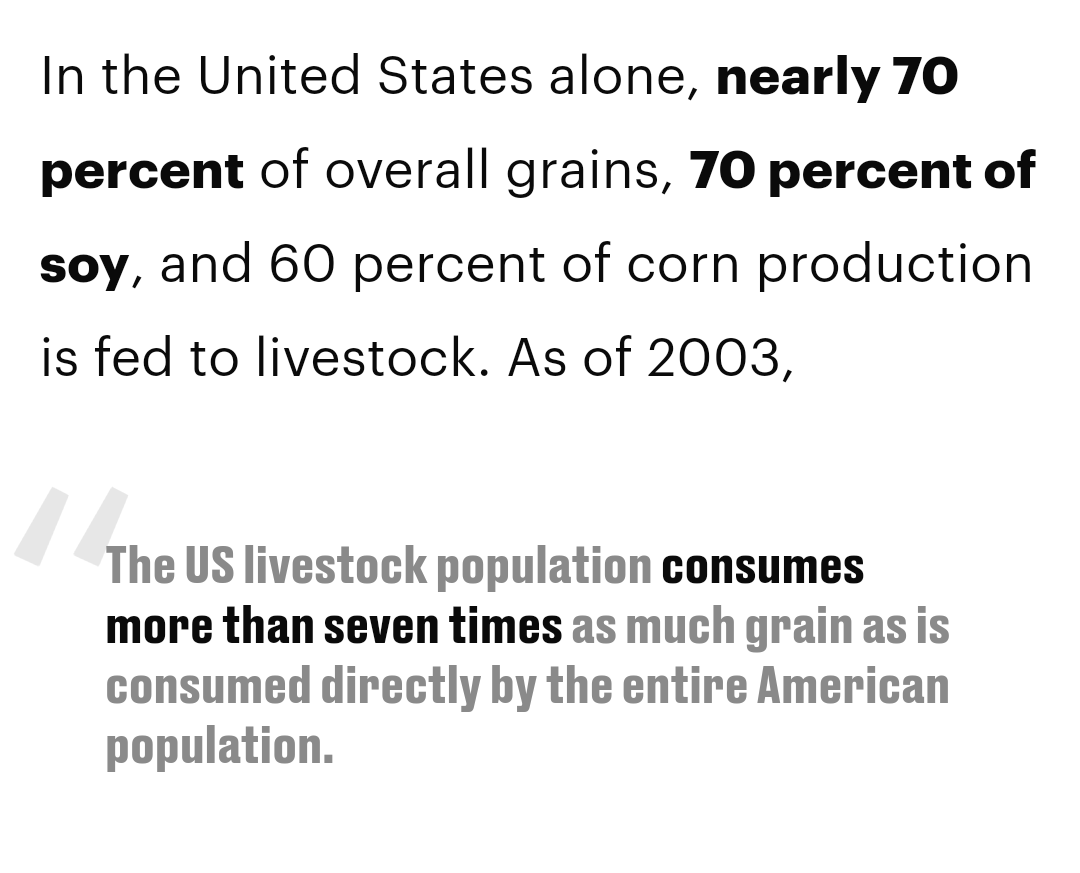


 I don't know how one can spend 7 years on a project like this and not be shown the science that there's measurable limits to carbon that can be sequestered in soils, and it's easily reversible, especially in pastureland:
I don't know how one can spend 7 years on a project like this and not be shown the science that there's measurable limits to carbon that can be sequestered in soils, and it's easily reversible, especially in pastureland:

https://twitter.com/_HannahRitchie/status/1306160594748354561We continue to exploit and destroy nature at an unprecedented scale.

 Significant shifts to plant-based diets by 2050 could lead to sequestration of 332–547 Gt CO2.
Significant shifts to plant-based diets by 2050 could lead to sequestration of 332–547 Gt CO2.
 Note the 2 authors, we'll come back to that.
Note the 2 authors, we'll come back to that. 


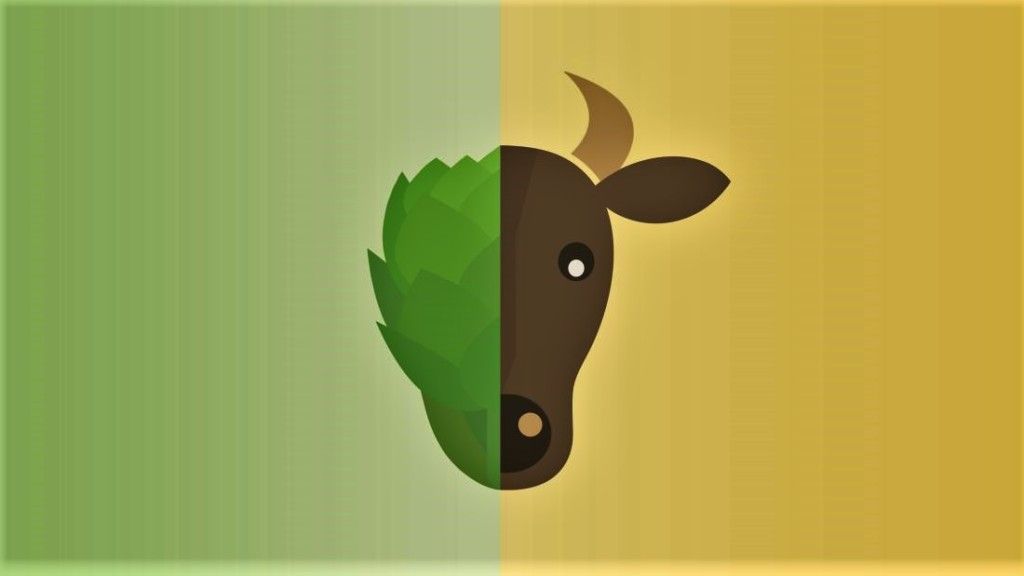
 While the science shows regenerative grazing improves soil vs. typical grazing, it ignores the alternative, non-agricultural land uses: restoring forest/peatland/wetland, increasing biodiversity, or even solar farming. (2/11).
While the science shows regenerative grazing improves soil vs. typical grazing, it ignores the alternative, non-agricultural land uses: restoring forest/peatland/wetland, increasing biodiversity, or even solar farming. (2/11).

https://twitter.com/toby_sanger/status/1257688607466369027But what about all the jobs they create? Well it's further being exposed how horrible the working conditions are.

 Shifting the US back to exclusively grass-fed beef production would require up to 270% more land if Americans did not reduce their consumption.
Shifting the US back to exclusively grass-fed beef production would require up to 270% more land if Americans did not reduce their consumption.


 Only 6% of global soy output is used for human consumption. 81% of soy processing is in the form of cake. 99% of that goes to farmed animals.
Only 6% of global soy output is used for human consumption. 81% of soy processing is in the form of cake. 99% of that goes to farmed animals.



https://twitter.com/NicholasDCarter/status/1143914777464303616?s=19